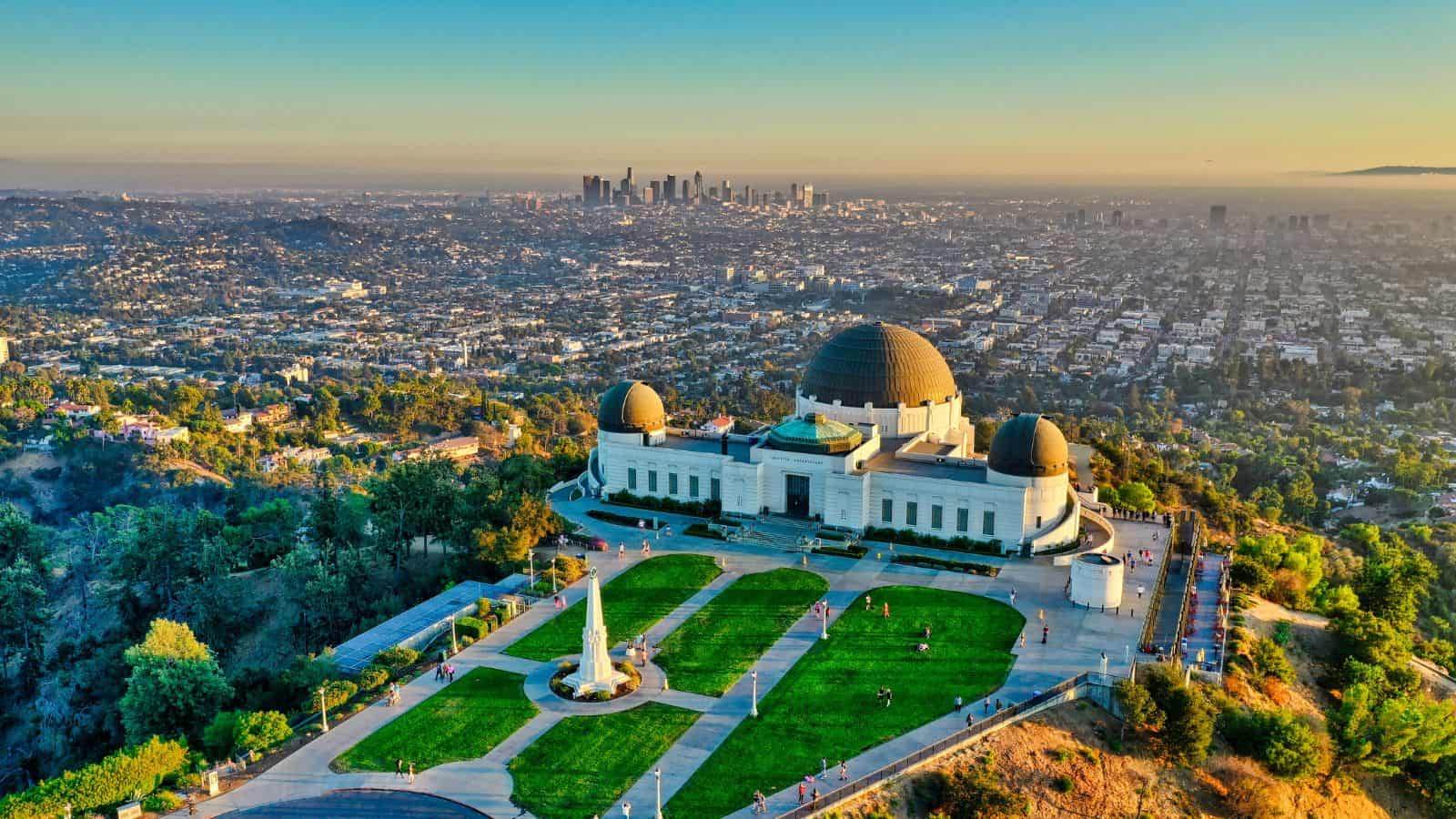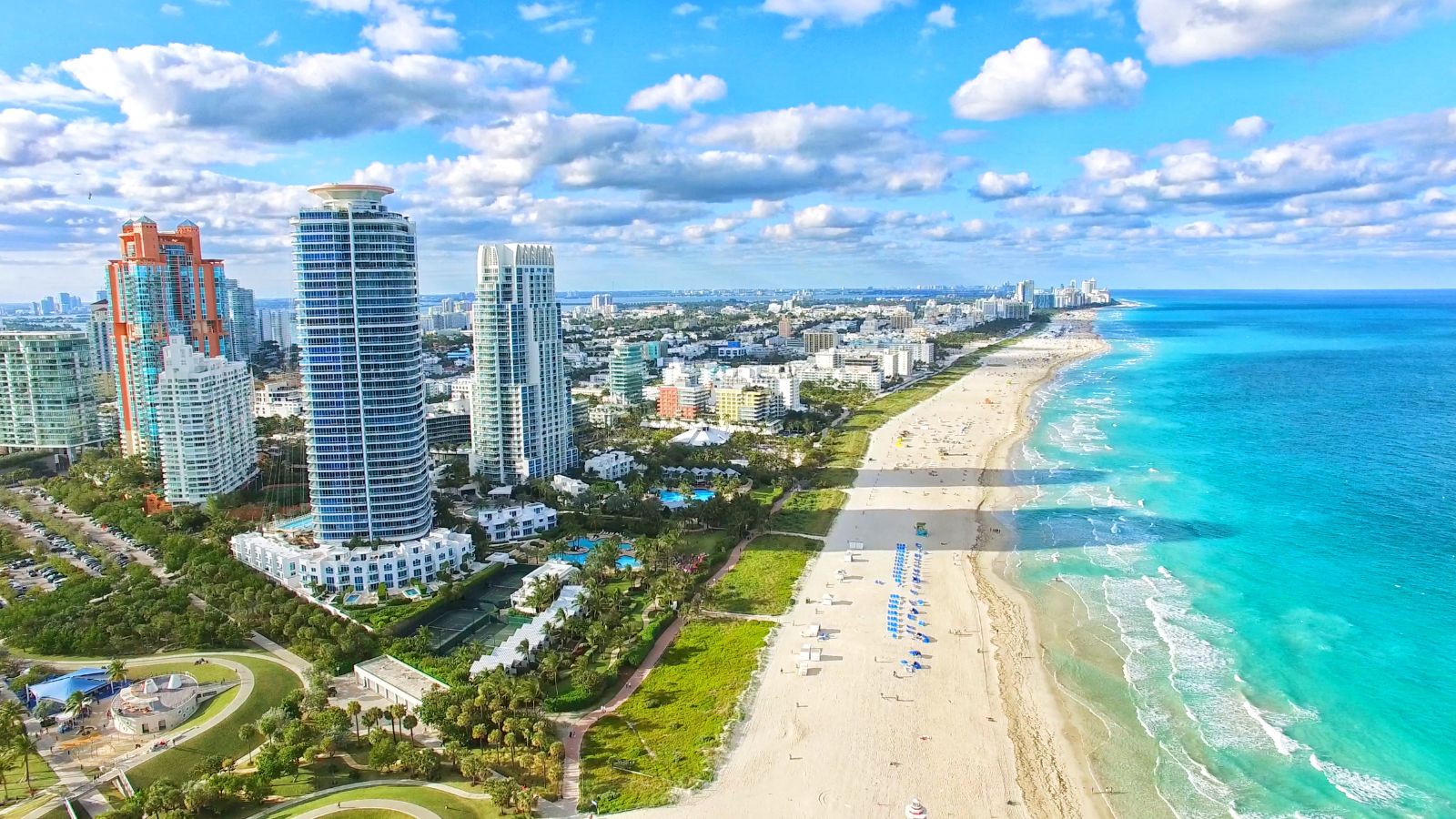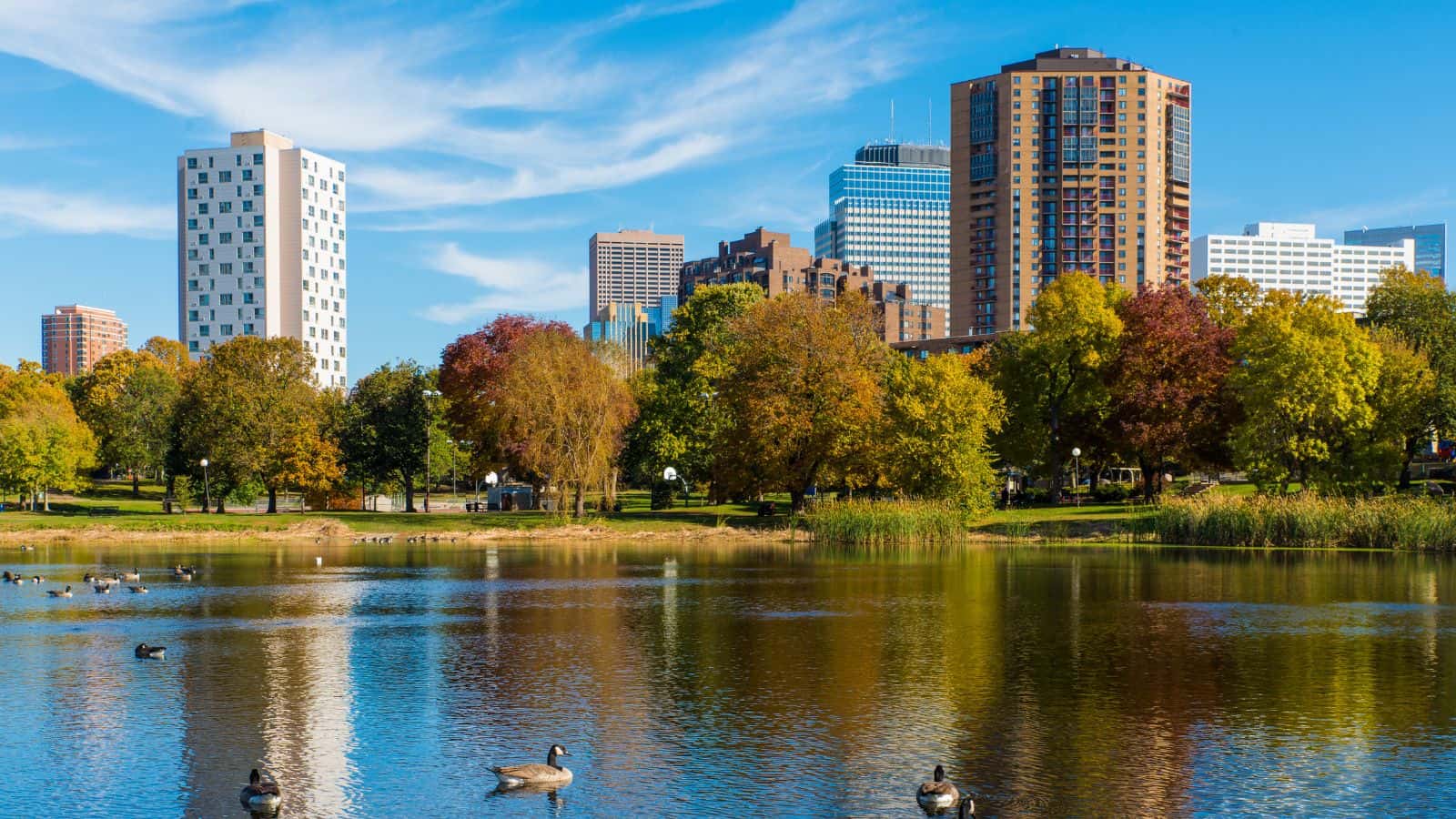Each of these cities faces unique challenges that contribute to a declining standard of living despite a high cost of living. Factors such...
Each of these cities faces unique challenges that contribute to a declining standard of living despite a high cost of living. Factors such as housing affordability, income inequality, environmental concerns, access to quality healthcare and education, and the impact of specific industries play significant roles in shaping the living conditions in these urban areas.
New York, New York

The cost of living in the NY/Newark/Jersey City area rose by +18.8% from 2010 to 2020, according to FilterBuy, making its cost of housing compared to the national average +63.6%. With urban density and pollution, residents’ health is being impacted. And despite high nominal earnings, the gap between high- and low-skill jobs is widening, affecting the overall standard of living.
San Francisco, California

San Francisco is notable for its high cost of living, with significant increases over the past decade. The extremely high housing costs contribute to homelessness and displacement in the city. The city has seen a rise in population with little space to expand, taking away access to green space and creating air quality concerns.
Los Angeles, California

The City of Angels is among the top 10 most expensive cities globally, according to The Hill. Severe housing affordability issues are the leading driving force in a homelessness crisis. And even for those with homes, there is a sharp divide between wealthy and impoverished communities in L.A. Adding to the low quality of life are high levels of air pollution that can be seen with the naked eye and some of the worst traffic congestion in the country.
Boston, Massachusetts

The cost of living has increased by 21.0% from 2010 to 2020, with significant housing cost increases. Though it’s a busy city, public transportation is not equipped to meet demand, affecting daily life and increasing traffic. Also, despite being a healthcare and higher education hub, huge access disparities exist. And finally, coastal flooding has become an environmental concern in the area.
Washington, D.C.

The nation’s capital can be a difficult place for middle and lower-income families to survive, with a high cost of living, especially when it comes to housing. Additionally, wealth disparities are highly concentrated in certain sectors, while gentrification pushes out long-time residents with the rising cost of housing.
Seattle, Washington

Axios says, “Seattle now ranks 36th on the publication’s best places to live list for 2022–23. That’s 17 spots lower than where [it] ranked last year (19th).” While many have considered the Emerald City a great place to live, its cons, like the high cost of living, rainy weather, traffic congestion, and earthquake risk, are also important factors to consider. Seattle had also hit the news with its homelessness crisis and movements toward “no police” zones.
Chicago, Illinois

With one of the highest tax burdens nationwide, this is just an added hit to the pocketbooks of those trying to make a living in the Windy City. Chicago is currently implementing a plan of “advancing racial equity to close Chicago’s life expectancy gap” by 2025, which leaves people concerned with the racial issues in the city. Finally, the public safety concerns in Chicago have caught the eye of the nation, with soaring crime rates despite strict gun control laws.
Portland, Oregon

DHM research found that “around 40% of the 500 voters polled named homelessness as the top concern; half of voters felt negative about future economic opportunities.” Eight in 10 said the quality of life in Portland is getting worse, a first for Portland, which is used to positive feedback from its residents.
Denver, Colorado

Denver is a tourist’s dream, which has led many of them to move to the Mile High City. Residents are now facing less access to trails due to over-tourism and the state’s relatively unattainable housing market. Additionally, according to Denvergov, “the city is already experiencing the consequences of climate change. Extreme heat, drought, flooding, and worsening air quality are more common.”
Miami, Florida

WLRN reports that “census figures show that between 2020 and 2022, people leaving Miami-Dade County to live elsewhere outnumbered those coming in.” Homeownership feels out of reach for most residents, even fairly well-off middle-class residents, and one even said Miami feels like a “pirate town” that’s set up only for the extremely rich. The low-wage economy is also a key factor driving an exodus from paradise.
Dallas, Texas

Dallas fell out of the top 100 in U.S. News & World Report’s Best Places to Live in 2023. More than housing is taken into consideration when they look at an area’s affordability; the cost of goods and restaurants are also factors. The risk of severe weather and a city’s ability to recover, along with the area’s opportunities for social activities, are all taken into account.
Philadelphia, Pennsylvania

Philadelphia is ‘America’s poorest big city.’ Part of the problem in Philadelphia is segregation and a city versus suburbs problem. Nearly 35% of all Philadelphia households bring in less than $35,000. Pennsylvania is the 9th most densely populated state in the country, largely because of Philadelphia’s population of 1.6 million. The high population in the city has led to overcrowded schools, heavy traffic, and an increase in air pollution.
Phoenix, Arizona

Arizona has average temperatures rising well above 110° Fahrenheit between June and September, which can be tough to handle. Though there is some public transit available in the city of Phoenix, it’s not yet as robust as in other major cities, and few neighborhoods are considered walkable, especially in the heat. Wildlife is a final fear factor in Phoenix, with rattlesnakes, lethal bark scorpions, coyotes, bobcats, and javelinas in the area.
Minneapolis-St. Paul, Minnesota

Minnesota Compass says, “For our 2023 Compass Points, we are seeing more indicators than usual moving in the wrong direction, with 14 of our 27 featured measures flagged as trending worse.” Early education scores dropped significantly since the pandemic switch to virtual learning and did not rebound. Also, obesity continues to rise, and more than 1 in 4 Minnesotans report experiencing depression or anxiety.
Houston, Texas

Though a paycheck goes further in Houston than it does in other major metro areas, with affordable housing and free or cheap attractions, it has still dropped out of the top 100 places to live in the U.S. Traffic and flooding are top concerns for residents when discussing their quality of life.
Detroit, Michigan

The decline of the automotive industry, which was once the backbone of the Motor City’s economy, resulted in significant job losses and economic instability. In the past decade, the city’s population has declined by 10.5%. Crime is one of the biggest problems in Detroit, including both violent and property crime, with the second highest rate behind St. Louis.
Las Vegas, Nevada

Las Vegas locals say they’ve been priced out of the once-affordable city as housing costs soar by 35% in four years. Air quality is perhaps the most acute problem in the Las Vegas Valley, stemming from motor vehicles, incessant construction, and commercial and industrial enterprises. There is also a fear of water scarcity. Without Lake Mead, electricity would be lost, and though there would be drinking water, there would not be enough for agriculture.
No comments